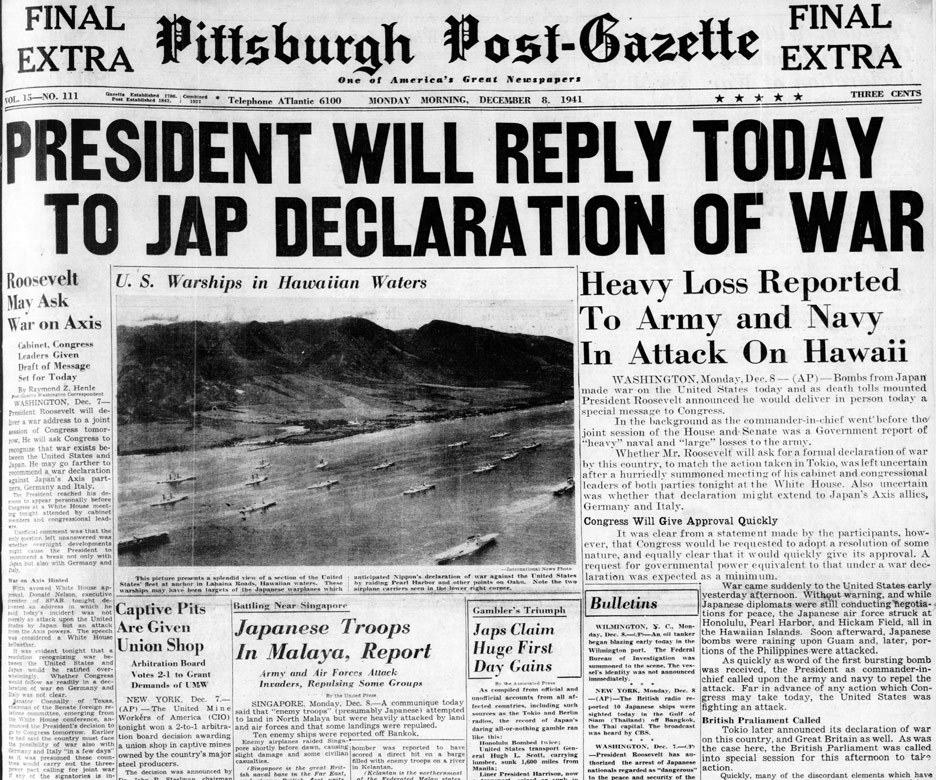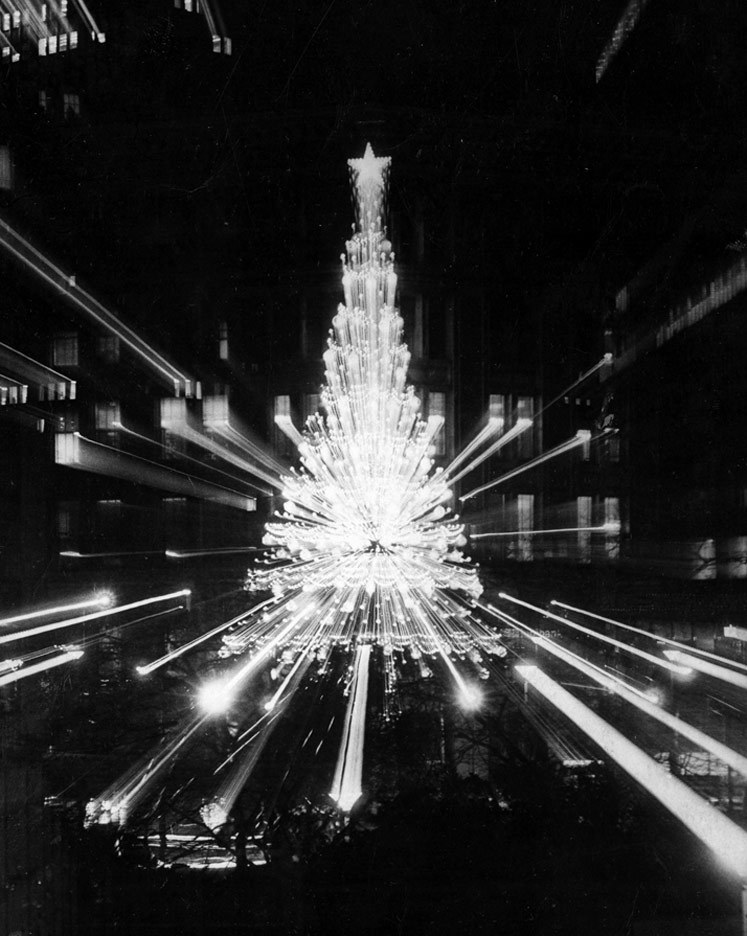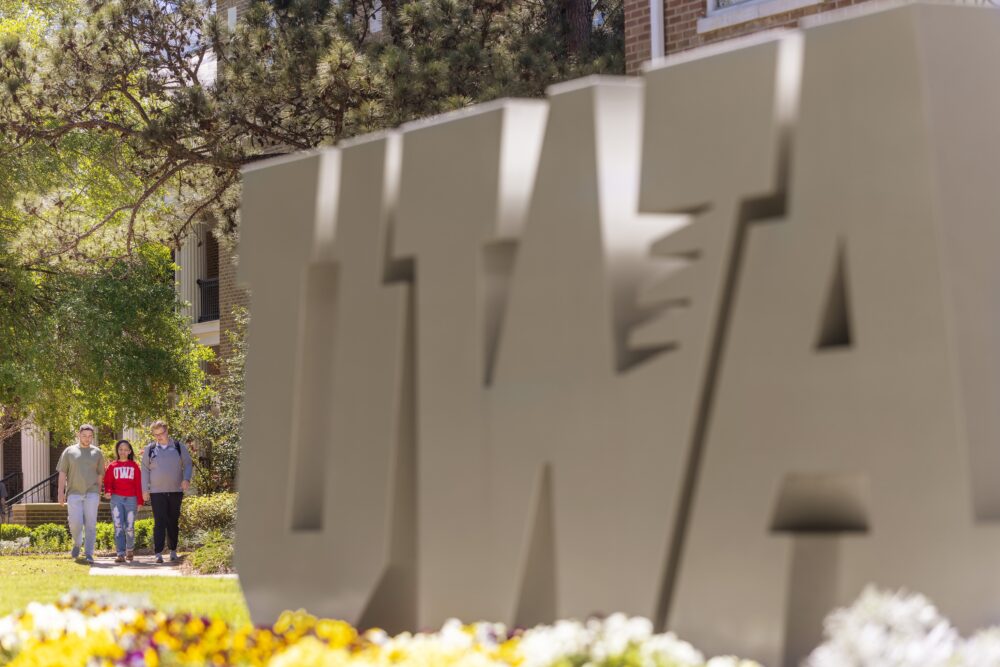Cover photo courtesy of the Pittsburgh Post-Gazette.
Did you know that the first movie theater was in Pittsburgh? Or that the Ferris Wheel was invented there? How about the phrase “Elvis has left the building” – did you know it was first declared when a Pittsburgh crowd tried to beckon Elvis back on stage for an encore?
The Pittsburgh Post-Gazette has chronicled Pittsburgh’s rich history since 1786. As the first newspaper west of the Allegheny Mountains, the Post-Gazette has an unmatched collection of the region’s stories. Now, the paper’s deep photo archive is becoming available to the public.
The Pittsburgh Post-Gazette uses PhotoShelter as a part of the newsroom’s daily workflow. Photos pass through PhotoShelter Brands in their journey from the camera to the front page. And now, the Post-Gazette team is scanning photos from the print stacks into the PhotoShelter library to create a searchable archive of Pittsburgh photos.
Jim Mendenhall, a photo editor for the Pittsburgh Post-Gazette, says these photos will resonate with people in the city and beyond. When the steel industry collapsed in the 1980s, the city lost 100,000 residents. Now, people with ties to Pittsburgh are scattered all over the country. The Post-Gazette’s online photo archive can bring Pittsburgh’s stories to thousands of people who still have ties to the city, whether they live there or not.
The Digs
As the Post-Gazette team digs deeper into their photo archive, they have created a sentimental feature, appropriately named The Digs. Every week, they mine the archive for something interesting and publish the photos in an engaging slideshow. They pair the photos with stories that shine a spotlight on another time in Pittsburgh’s history.
The Digs is a fantastic example of how an organization can use a photo archive to celebrate its visual legacy (and in this case, the whole city’s visual legacy). Instead of letting these incredible visual assets sit on a shelf, the team at the Pittsburgh Post-Gazette is dusting them off and highlighting their value. They are recognizing that these photos will mean something to the paper’s audience. And they are creating something new and beautiful by sharing the work of the journalists who came before them.
Let’s take a closer look at three features from The Digs and dive in to how they build the Pittsburgh Post-Gazette’s visual legacy.
News of attack, war dominate PG on Dec. 8, 1941
Remembering a moment in history

In a flashback to December 8, 1941, editor Lillian Thomas shares photos and headlines from the day after the attack on Pearl Harbor.
Articles, photos and even ads show how drastically the world had changed in a day. Pearl Harbor took over the paper just as the events of Dec. 7 took over the lives of people all over the globe.
The slideshow combines clippings from the paper as well as photos from Pittsburgh and the front. Thomas breaks down the different elements, highlighting the local impact of the attack.
The story remembers a critical moment in history, both for the nation and the city of Pittsburgh. It’s one thing to note the day and remember Pearl Harbor. But it’s another thing to be transported back into that moment in time through these powerful images and headlines.
Bright lights and holiday cheer at Penn and Stanwix
Celebrating an enduring tradition

This photo by Andy Starnes inspired Rosa Colucci, a features writer for the Pittsburgh Post-Gazette, to delve into a decades-old Pittsburgh tradition, a Christmas tree suspended on the corner of a department store, known as the Horne’s Tree.
Andy shot the picture on Nov. 12, 1979, when the tree was lit after a one-year absence (it was mothballed in 1978 because of a national energy crisis). Andy set his camera to a slow shutter speed and used a zoom lens to create lines of light that appear to shoot from the tree.
The slideshow takes you on a trip down memory lane, starting with a picture of the original tree in 1956 and finishing with a wide shot of the tree and the city in 2012.
These photos are sure to make “Pittsburghers” – and even people who’ve never visited the city – feel nostalgic. There’s something magical about looking through these photos as they go from black and white to color, and the cars in them go from ’50’s classics to ’90s Ford Tauruses. The tree changes, but the tradition remains.
Step inside Forbes Field in the Summer of ’66
Cheering on the home team

Sports images are sure to amuse Pittsburghers.
“For our print product, we know that half of our readers buy it because of sports,” says Mendenhall. “Online, it’s the same pattern.”
And writer and photographer Steve Mellon’s piece, Step inside Forbes Field in the Summer of ’66, doesn’t disappoint.
First of all, it has a perfect title. His long slideshow (that still leaves you wishing for more) takes you to a summer day in 1966 and shows you Forbes Field from every angle.
The slideshow speaks for itself, highlighting the enormous crowd, the excitement and the fashions. But the story is boosted by Mellon’s in-depth research and witty storytelling. Mellon reminisces about the high hopes of Pirates fans in 1966, who thought their team might have a shot at the World Series.
But in 1966, it wasn’t to be. “The Sound of Silence” by Simon and Garfunkel was big that year. The song could have been the theme in Forbes Field once the World Series came around.
The piece combines sights, sounds and context to create a window into another time.
The Takeaway
Leveraging an incredible photo archive is allowing the Pittsburgh Post-Gazette to charm readers with something unique and special. They are creating something new from the old.
Does your organization have a photo archive that could help you celebrate your brand’s visual legacy? Try dusting off those old boxes of photos or firing up that clunky hard drive (bonus points: follow the Post-Gazette’s example by scanning them into a searchable online archive in the process). You might be surprised at what you find!



